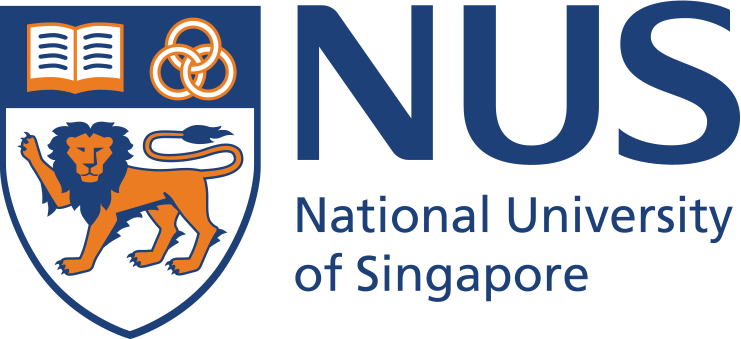New Guidelines for Seawall Wave overtopping Regarding Public Safety
|
Project Title New Guidelines for Seawall Wave overtopping Regarding Public Safety |
|
|
Principal Investigator Dr Yuan Jing |
|
|
Project start date: 18 Apr 2018 |
Project end date: 31 Aug 2021 |
|
Project Budget: SGD679,200.00 |
|
|
Summary In urban coastal areas, people can freely access the crest area of coastal protection structurs (e.g. revetment or seawalls) for various recreational activities. Wave overtopping can be a potential threat to these pedestrians. In the context of global climate change, we expect to see rising sea level and harsher wave conditions in Singapore coastal regions, so it is unclear whether the existing seawalls will be sufficiently safe for allowing public accesses in the future. We also need to know how new seawalls can be better designed to achieve a balance between ensuring safety and reducing construction cost. Our group studied the allowable wave overtopping conditions regarding people’s safety through quantitative model predictions. Here the risk is defined as people losing balance under flow impact, and the research work is targeted on typical seawalls in Singapore, e.g. with a 1:3 frontal slope. Under this project, we used a numerical model that can precisely simulate the process from wave shoaling to overtopping-human interaction. In addition, physical model tests were conducted using the state-of-the-art facilities at the hydraulic lab of CEE @ NUS. This model enables developing a probabilistic risk-analysis framework for people’s safety under overtopping flows. A risk framework is proposed to quantify the probability of risk occurrence for different people groups (e.g. children) and different locations on the seawall (distance to the seafront edge). With this risk-analysis framework and the projected future sea levels and wave conditions, we can investigate how climate change affects wave overtopping and propose risk mitigation strategies (for instance, new designs of seawall or restricting people’s access during certain wave conditions). |
|
|
Publications/Journals Publications: 1. Cao, D., Chen, H*., & Yuan, J. (2021). Inline force on human body due to non-impulsive wave overtopping at a vertical seawall. Ocean Engineering, 219(October 2020), 108300. https://doi.org/10.1016/j.oceaneng.2020.10830 2. Cao, D., Yuan, J.*, Chen, H., Zhao, K., & Li-Fan Liu, P. (2021). Wave overtopping flow striking a human body on the crest of an impermeable sloped seawall. Part I: physical modeling. Coastal Engineering, 167(September 2020), 103891. https://doi.org/10.1016/j.coastaleng.2021.103891 3. Chen, H., Yuan, J*., Cao, D., & Liu, P. (2021). Wave overtopping flow striking a human body on the crest of an impermeable sloped seawall. Part II: Numerical modelling. Coastal Engineering, 103892. https://doi.org/https://doi.org/10.1016/j.coastaleng.2021.103892 |
|

